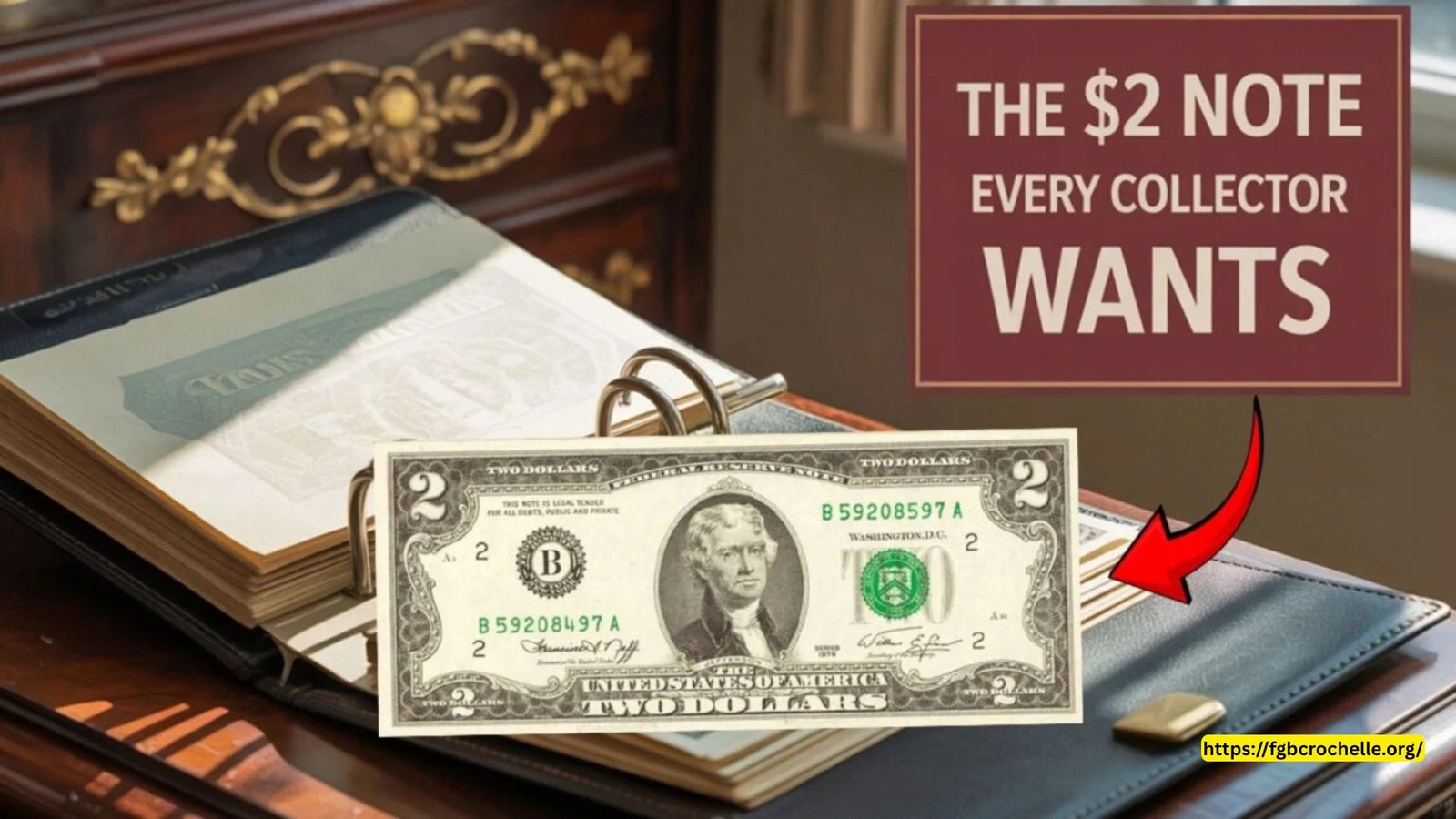A seemingly ordinary $2 bill from 1976 could be worth a fortune due to a rare repeater serial number. Recently, one such Bicentennial $2 bill sold for an astonishing $78,000 at auction, sparking excitement among collectors and everyday people alike. Issued to celebrate America’s 200th anniversary, these bills are more than just currency—they’re pieces of history that could transform your wallet into a treasure chest. Let’s explore why these notes are so valuable and how to spot one in your collection.
What Makes the 1976 $2 Bill Special?
Historical Significance
The 1976 $2 bill was reintroduced after a decade-long hiatus to commemorate the U.S. Bicentennial. Featuring Thomas Jefferson on the front and John Trumbull’s painting of the Declaration of Independence signing on the back, these bills hold a unique place in American history. Their commemorative design adds to their allure, especially when paired with rare features like a repeater serial number.
The Allure of Repeater Serial Numbers
A repeater serial number is a rare pattern where digits repeat in a symmetrical sequence, such as “12341234” or “19761976.” These patterns are highly prized by collectors due to their visual appeal and statistical rarity, as the Bureau of Engraving and Printing assigns serial numbers randomly. A repeater on a Bicentennial $2 bill significantly boosts its value, especially if the bill is in uncirculated condition.
How to Identify a Valuable $2 Bill
Key Features to Check
To determine if your $2 bill is a collector’s gem, inspect the following:
- Serial Number: Look for repeating patterns like “45454545” or “12121212.”
- Condition: Uncirculated bills with no folds or wear command higher prices.
- Series Year: Ensure it’s marked “Series 1976.”
- Star Notes: A star symbol in the serial number indicates a replacement note, adding value.
Factors Affecting $2 Bill Value
| Feature | Description | Impact on Value |
|---|---|---|
| Repeater Serial Number | Digits repeat (e.g., 12341234) | High (up to $78,000+) |
| Uncirculated Condition | Crisp, no folds or damage | Significant increase |
| Star Note | Star symbol in serial number | Moderate to high |
| Printing Errors | Misalignments or double prints | Can exceed $50,000 |
Steps to Verify Your Bill
- Locate the serial number in the upper right and lower left corners.
- Check for repeating digit patterns or other unique sequences like low numbers (e.g., “00000001”).
- Assess the bill’s condition—crisp, clean notes are more valuable.
- Consult a professional grading service like PMG or PCGS for authentication.
Why Are These Bills So Valuable?
Collector Demand
The combination of historical significance, rarity, and condition drives the value of these bills. The $78,000 auction sale of a repeater serial Bicentennial $2 bill highlights the growing interest in numismatics, fueled by social media and recent high-profile sales. Collectors are willing to pay a premium for bills that stand out due to their unique serial numbers and pristine state.
Rarity in Circulation
While millions of 1976 $2 bills were printed, many were hoarded rather than circulated, making well-preserved examples harder to find. A repeater serial number further narrows the pool, turning an ordinary bill into a collector’s dream.
Conclusion
The 1976 Bicentennial $2 bill with a repeater serial number is a hidden gem that could be tucked away in your wallet or drawer. With values reaching $78,000 or more, it’s worth taking a moment to inspect any $2 bills you own. Check the serial number, assess the condition, and consider professional grading to uncover a potential fortune.
In the world of currency collecting, a small detail like a repeating serial can turn pocket change into a life-changing treasure. So, grab those $2 bills and start hunting—you might be holding a piece of history worth far more than its face value





I have a $2 note that I got in 1976. It has a low serial number, it is in uncirculated condition and it is a star note. Who would I contact to sell it? Thank you